Semolina: Benefits, Risks, And Recipes
See your body reap the rewards of switching out white flour for its nutritious counterpart.
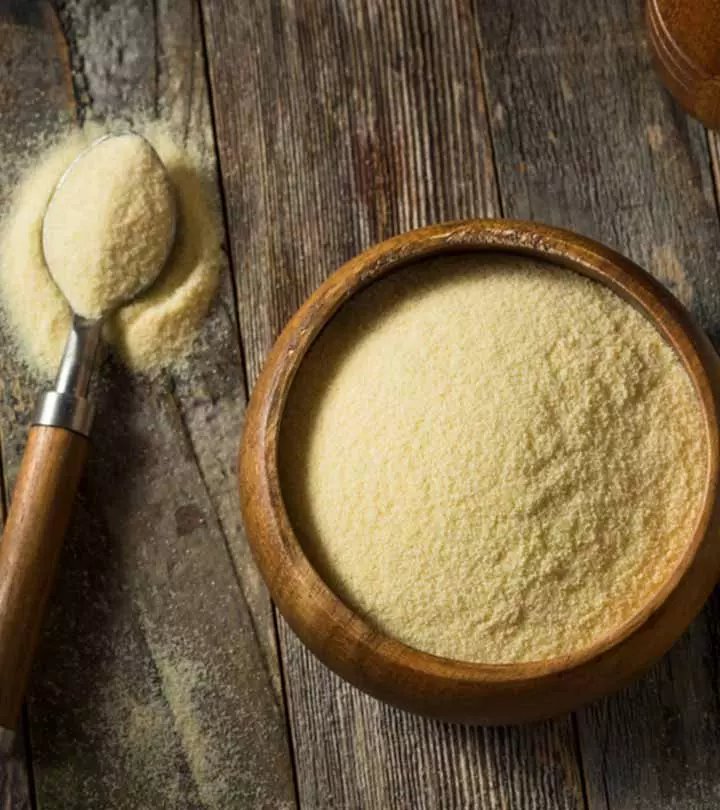
Image: Shutterstock
Durum wheat (a harder variety of wheat) when ground into a coarse flour gives you semolina. Semolina is used in a variety of cuisines all over the world. Semolina flour is golden in color with a nutty, earthy flavor. Along with its mild taste, it is popular worldwide for its key health benefits for your heart, digestion, and weight loss. In this article, we look into semolina benefits, nutrition facts, possible risks, and a few recipes to get you started.
 Know Your Ingredient: Semolina
Know Your Ingredient: SemolinaWhat Is It?
Semolina is a coarse flour made of durum wheat, which has a nutty and earthy flavor.
What Are Its Benefits?
The fiber-rich semolina flour may help in weight loss, improve heart health, and digestive health, and help in regulating blood glucose levels.
Who Can Consume It?
It is safe for overall consumption but individuals who have Celiac disease should avoid it.
How Often?
You can consume it daily but in moderation.
Caution
Individuals who have wheat or gluten allergy should avoid consuming semolina.
In This Article
What Is Semolina?
Semolina is flour made from the starchy endospermi A tissue produced inside the seeds of most flowering plants that surrounds and nourishes the embryo of the seeds. of durum wheat kernels. Like most grains, each durum wheat kernel has three main parts— the innermost nutrient-dense germ, the outermost bran, and the middle starchy endosperm.
Durum wheat is mainly grown in East and North Africa, West Asia, the North American great plains, and eastern and Mediterranean Europe. It is one of the hardest varieties of wheat and is mainly used to make coarse semolina flour.
 Trivia
TriviaSemolina is most often used to make couscous, pasta, pizza, bread, porridges, and a few popular Indian breakfast dishes. It is considered a healthier option than the usually refined flour.
Scroll down to learn about semolina flour’s key nutrients and how they can be beneficial to us.
Key Takeaways
- Semolina is a coarse flour made from the starchy endosperm of durum wheat kernels.
- It has no cholesterol and is low in calories, making it a healthier option than regular flour.
- Semolina may promote weight loss, reduce the risk of heart disease, provide energy, and improve blood sugar control.
- However, people who are allergic to wheat should avoid eating it.
Semolina Nutrition Facts
Semolina flour can be available in its natural, unenriched form or enriched with added nutrients by food manufacturers. According to the USDA, 100 g of uncooked, unenriched, and enriched semolina can provide you with the following nutrients (1), (2).
| Nutrients | Unenriched | Enriched |
|---|---|---|
| Water | 12.7 g | 12.7g |
| Energy | 360 kcal | 360 kcal |
| Protein | 12.7 g | 12.7g |
| Total lipid (fat) | 1.05 g | 1.05 g |
| Carbohydrate | 72.8 g | 72.8 g |
| Fiber | 3.9 g | 3.9 g |
| Calcium, Ca | 17mg | 17 mg |
| Iron, Fe | 1.23 mg | 4.36 mg |
| Magnesium, Mg | 47 mg | 47 mg |
| Phosphorus, P | 136 mg | 136 mg |
| Potassium, K | 186 mg | 186 mg |
| Sodium, Na | 1mg | 1 mg |
| Zinc, Zn | 1.05 mg | 1.05 mg |
| Copper, Cu | 0.189 mg | 0.189 mg |
| Manganese, Mn | 0.619 mg | 0.619 mg |
| Vitamin C | 0 mg | 0 mg |
| Thiamin | 0.28 mg | 0.811 mg |
| Riboflavin | 0.08 mg | 0.571 mg |
| Niacin | 3.31 mg | 5.99 mg |
| Pantothenic acid | 0.58 mg | 0.58 mg |
| Vitamin B-6 | 0.103 mg | 0.103 mg |
| Folate, total | 72 µg | 183 µg |
| Folic acid | 0 µg | 111 µg |
While most nutrient values remain the same, enriched semolina contains higher levels of iron, vitamins, and minerals than the unenriched alternatives (3).
Semolina, with its high protein, vitamin, and mineral content can provide you with certain key health benefits. Let’s see what they are below.
Health Benefits Of Semolina
- May Promote Weight Loss

Semolina is low in calories and has no cholesterol. However, if you plan to include semolina in your weight loss diet plan, then you should opt for whole-wheat semolina to get the benefits of fiber that aid in weight loss. Semolina is high in protein and fiber, both of which slow digestion and increase feelings of fullness between meals (4), (5).
Studies suggest that a fiber-rich diet like semolina might help maintain lower body weight (6),(7). A study on women who took 1g more of dietary fiber each day, reported a loss of 0.25 kg over a period of 20 months (8).
Semolina is also rich in protein with about 13 g of protein per 100 g of serving. A high-protein diet has been shown to be more effective in weight loss when compared to diets with standard protein content (9). It also helps maintain your muscle mass and improve your body composition while you are trying to lose weight (10).
- May Help Support Heart Health

Whole wheat semolina, with its high fiber content, may reduce your risk of heart disease (11). A review of 31 studies found that people with a high intake of fiber may have up to a 24% reduced risk of heart disease (12). Fiber may also support heart health by lowering LDL (bad) cholesterol, blood pressure, and overall inflammation (13), ( 14).
Additionally, enriched semolina is a good source of iron, magnesium, and folate (2). While iron balance is important to maintaining good cardiovascular health, a 100 mg increase in dietary magnesium can help reduce the risks of heart failure and stroke significantly (15), (16). Similarly, a high intake of folate was also associated with a 38% reduced risk of heart disease (17).
- May Improve Blood Sugar Control
With its high levels of dietary fiber and magnesium, semolina may help improve blood sugar control and reduce the risk of diabetes
Fiber slows down the absorption and breakdown of carbs in your bloodstream. This helps control the blood sugar spikes after a meal. It can also lower fasting blood sugar levels in people who have diabetes already (21).
- May Help Improve Digestive Health

Raw unenriched semolina contains about 4 g of fiber per 100 g of serving. Dietary fiber stimulates the growth of friendly bacteria in your digestive tract. This maintains a healthy balance of gut microbiotai The range of microorganisms like bacteria, fungi, viruses, and other organisms found in a person’s gastrointestinal system. and results in optimal digestion, good immunity, and improved metabolism (22), (23).
Additionally, a fiber-rich diet helps add bulk to your digestive waste and promotes regularisation of your bowel movement. This helps ease symptoms of constipation and other digestive health issues. For instance, a two-week study found that people who ate 5 grams of additional whole-grain fiber daily had improvements in constipation and less bloating (24).
- Fights Oxidative Stress
Semolina is rich in antioxidants, particularly ferulic acid, which plays a vital role in protecting your cells from damage caused by free radicals (25). It also demonstrates anti-inflammatory properties. By adding semolina to your meals, especially in pasta dishes, you not only boost your antioxidant intake but also support your body’s natural defenses against oxidative stress.
While we can see the many health benefits of including semolina in your diet, there are a few associated concerns and risks as well.
Semolina Risks And Concerns
- Not Whole Grain
In the process of making semolina, the outer fiber-rich bran and innermost nutrient-rich germ of the wheat kernels are usually removed. It is just the middle starchy endosperm with few of its proteins and vitamins, that is ground to make semolina. That makes semolina a processed, refined product without the benefits of the whole grain (unless mentioned whole durum wheat on the package).
Regular refined semolina with its high carbohydrate content might not be a good meal option for those at risk for cardiovascular disease or Type 2 diabetes. You can opt for whole grain semolina instead. Studies state that whole grain food products help decrease the risk of cardiovascular disease and type 2 diabetes (26), (27).
If you are at risk of type 2 diabetes or have any cardiovascular concerns, it is better to opt for whole-grain food options in place of semolina. While using semolina, you may look for and use whole-grain semolina.
- Not Gluten-free
Semolina is rich in gluten and starch that makes it a good option for making bread, pasta, and other flour-based bakery products. But, if you have gluten sensitivity or celiac diseasei An inherited autoimmune digestive disorder that is triggered when you eat gluten, a protein found in wheat. , you should stay away from semolina (28). You may choose to use gluten-free options like buckwheat, amaranth, rice flour, or garbanzo beans in recipes that call for semolina. These options have tremendous benefits for overall health, making them a fantastic addition to your diet. For example, buckwheat helps manage diabetes, reduces constipation, lowers cholesterol levels, etc.
- Wheat Allergy
As semolina is made from durum wheat, people allergic or sensitive to wheat should avoid having it. Allergic reactions could result in nausea, runny nose, sneezing, asthma, cramps, hives, etc (29). In case you suspect any such symptoms on consuming semolina, you should consult your doctor.
Semolina Recipes For Weight Loss
Semolina is a major component in most durum wheat pasta and can be made into a variety of preparations as per different cuisines. However, there are a few recipes that take advantage of the low calorie and no cholesterol content of semolina, making them favorable diet options for weight loss. Let’s know below how to make a few.
Moroccan Pancakes (Baghrir)
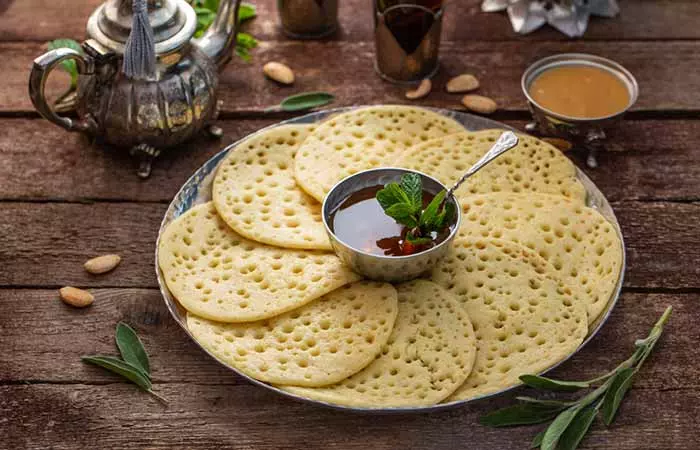
Ingredients
- Water (warm) – 2 ½ cups
- Dry yeast – ½ tablespoon
- Semolina – 1 cup
- All-purpose flour – ½ cup
- Salt – to taste
- Baking powder – ½ tablespoon
Instructions
- Combine and blend together flour, semolina, water, yeast, and salt.
- Add in the baking powder and pulse again.
- Place this batter mix in a container, cover, and let it rise for about 30 minutes.
- Pour about ½ cup of this fermented batter onto a heated skillet over medium heat.
- Let the batter spread till the edges of the skillet (you may need to add more water if it isn’t the right consistency for that).
- Let it cook for about 2 minutes, till small holes appear all throughout.
- Cool it down a bit and serve with your favorite syrup.
 Quick Tip
Quick TipSuji (Semolina) Dhokla
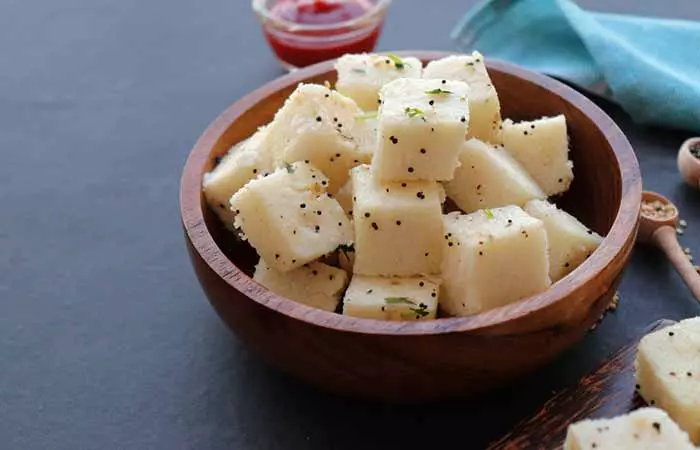
Ingredients
- Semolina (Suji flour) – 1 cup
- Sugar- ½ teaspoon
- Ginger paste- ½ teaspoon
- Green chili paste- ½ teaspoon
- Salt – 1 teaspoon
- Oil – 1 tablespoon
- Sour curd – ½ cup
- Water – ½ cup
- Baking soda – 1 teaspoon
For The Seasoning:
- Mustard seeds – ½ teaspoon
- Curry leaves – 4-5
- Green chillies (slit) – 2-3
- Oil – 1 tablespoon
- Coriander – for garnish
- Coconut (grated) – for garnish
Instructions
- Mix the semolina (suji), ginger and chili paste, salt, sugar, and oil.
- Beat the curd and add it to the mixture.
- Mix till well-combined. Add in the water and mix until smooth.
- Add in the baking soda and stir gently.
- Pour immediately into a greased tin and place in the steamer.
- Steam for about 20 minutes.
- Remove the tin from the steamer and keep it aside.
- Heat little oil for seasoning and add in the mustard seeds, curry leaves, and green chilies.
- Saute till slightly colored, and add ¼ cup of water.
- Cut the dhokla into square pieces and drizzle the seasoning all over.
- Garnish with the coriander and coconut and serve.
Semolina Porridge
Ingredients
- 1 cup semolina
- 2 cups milk/water
- 2-3 tablespoons sugar (adjust to taste)
- A pinch of salt
- Optional flavorings such as grounded cinnamon or vanilla extract
- ½ cup chopped almonds
Instructions
- Roast semolina in a saucepan over medium heat.
- Keep aside once it has browned.
- Pour the milk or water in the same pan and bring it to a boil over medium heat. Add a pinch of salt to enhance the flavor.
- Gradually add the roasted semolina into it while continuously stirring to avoid lumps.
- Reduce the heat to low and let the semolina simmer, stirring frequently, for about 5-7 minutes or until it thickens to your desired consistency.
- Add sugar and any desired flavorings (such as vanilla or cinnamon).
- Once the porridge reaches the desired thickness, remove it from the heat. Let it sit for a minute or two to further thicken.
- Pour the porridge into bowls and serve hot.
Clare, a blogger, used milk, semolina, caster sugar, butter, cinnamon, and nutmeg to prepare a warm pudding for her family during winter. She states in her blog, “I must say that I was pleasantly surprised with how my pudding turned out. The semolina tasted really light and warmed us all up (i). She adds that she served it with jam but suggests you may try it with chocolate, sultanas, and golden syrup.
Apart from the above, there are a few other ways you can make the best of semolina in your kitchen.
Uses Of Semolina
Semolina is easily available in most grocery stores in the flour section. Rich in gluten, it is widely used in various types of pasta, bread, and other baked products for its tough and stretchy texture (30). Other than that, you may find semolina handy in the following ways:
- Add a few teaspoons of semolina to your bread dough to give a crusty texture.
- Mix it into a pudding with milk, vanilla extract, and honey.
- Use the semolina in place of regular flour to make your dough recipes crispier.
- You can use it to thicken the consistency of a stew or sauce.
- Sprinkle some over while roasting potatoes or other veggies to make them crunchier.
Infographic: Health Benefits Of Semolina
Semolina flour is a hit among fitness enthusiasts and is known as a healthier alternative to processed flour. It also has a rich texture that keeps you satiated for long. With its consumption increasing among the masses, it is important to know how semolina can benefit your overall health. In the infographic below, we have summarized all the benefits of semolina, along with a few key precautions to keep in mind. Take a look.

Illustration: StyleCraze Design Team
To Sum Up
Semolina is the coarse, gluten-rich flour derived from the starchy middle layer of the durum wheat kernels. While semolina is essentially a refined flour, it can also be available in whole wheat and enriched versions. With a good amount of protein, vitamins, and important minerals, semolina benefits your heart, digestion, and blood sugar levels. This versatile flour is usually used in pasta, bread, bakery items, and other cooking recipes but can be added in other interesting ways to improve the taste and texture of various desserts, snacks, and savories.
Frequently Asked Questions
What can I use instead of semolina?
Rice flour, kamut flour, amaranth flour, and garbanzo flour are good substitutes for semolina.
Which is better – semolina or oats?
Oats are better than semolina as they have more protein, fewer carbs, and more fat per calorie than Semolina (1), (2), (31).
Does semolina cause gas?
It may cause gas. Anecdotal evidence suggests that semolina could cause stomach discomfort, gas, constipation, or diarrhea in a few people.
Are polenta and semolina the same?
No. Polenta is derived from corn, while semolina is from wheat.
Illustration: Semolina: Benefits Nutrition Facts Risks And Recipes
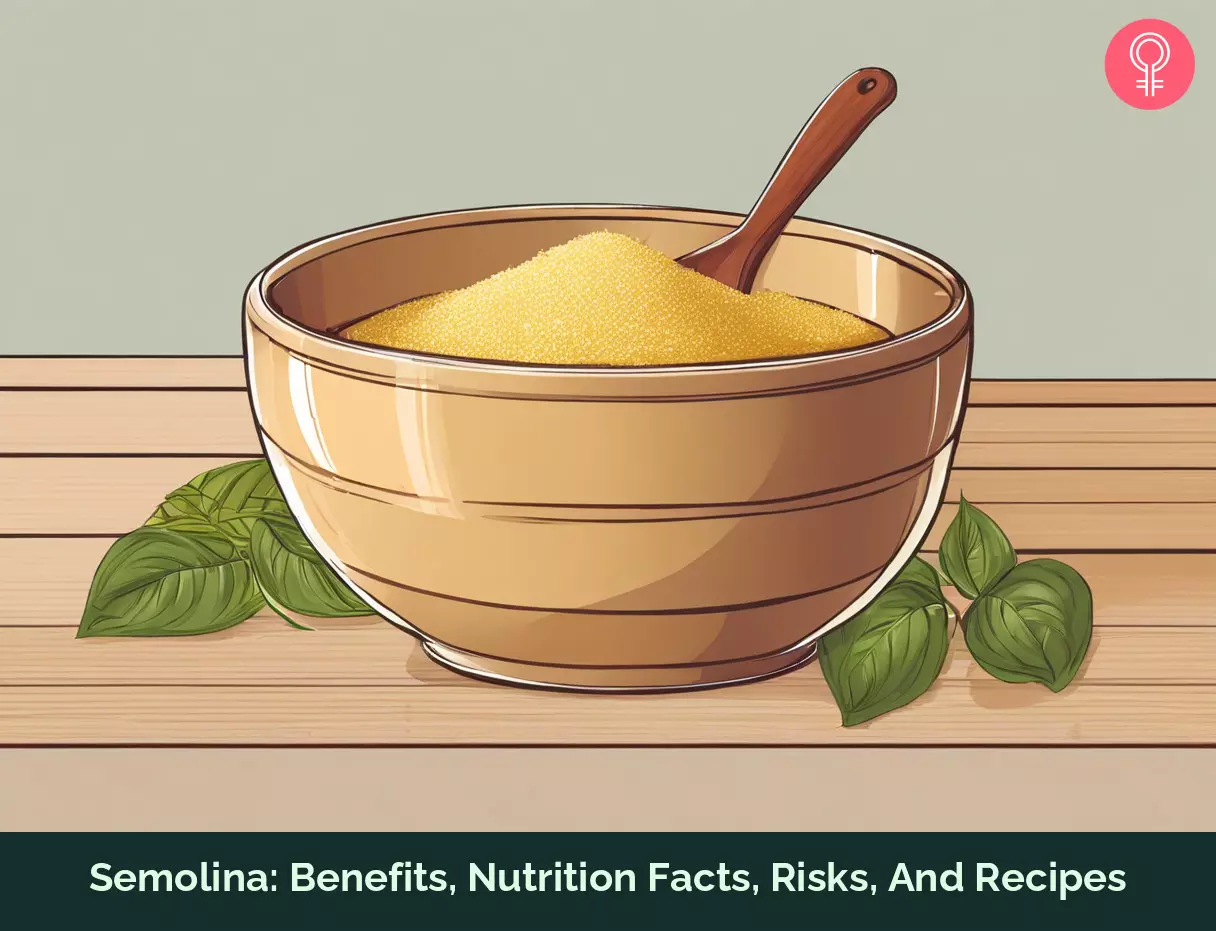
Image: Stable Diffusion/StyleCraze Design Team
Semolina has numerous health benefits and can be used to make delicious sweet and savory delicacies. Check out this video to discover its amazing benefits and get ready to be amazed!
Personal Experience: Source
StyleCraze's articles are interwoven with authentic personal narratives that provide depth and resonance to our content. Below are the sources of the personal accounts referenced in this article.
i. Semolinahttp://www.thevegetarianexperience.co.uk/2011/10/semolina.html
References
Articles on StyleCraze are backed by verified information from peer-reviewed and academic research papers, reputed organizations, research institutions, and medical associations to ensure accuracy and relevance. Read our editorial policy to learn more.
- Semolina, unenriched
https://fdc.nal.usda.gov/fdc-app.html#/food-details/168933/nutrients - Semolina, enriched
https://fdc.nal.usda.gov/fdc-app.html#/food-details/169715/nutrients - Overview of Food Fortification in the United States and Canada
https://www.ncbi.nlm.nih.gov/books/NBK208880/ - Protein, weight management, and satiety
https://pubmed.ncbi.nlm.nih.gov/18469287/ - The effect of fiber on satiety and food intake: a systematic review
https://pubmed.ncbi.nlm.nih.gov/23885994/ - Healthy strategies for successful weight loss and weight maintenance: a systematic review
https://www.ncbi.nlm.nih.gov/pubmed/24383502 - Position of the Academy of Nutrition and Dietetics: Health Implications of Dietary Fiber
https://www.ncbi.nlm.nih.gov/pubmed/26514720 - Increasing total fiber intake reduces risk of weight and fat gains in women
https://www.ncbi.nlm.nih.gov/pubmed/19158230/ - Effects of energy-restricted high-protein, low-fat compared with standard-protein, low-fat diets: a meta-analysis of randomized controlled trials
https://www.ncbi.nlm.nih.gov/pubmed/23097268 - The role of higher protein diets in weight control and obesity-related comorbidities
https://www.ncbi.nlm.nih.gov/pmc/articles/PMC4424378/ - Dietary fiber, inflammation, and cardiovascular disease
https://www.ncbi.nlm.nih.gov/pubmed/15884088 - Dietary Fiber Is Beneficial for the Prevention of Cardiovascular Disease: An Umbrella Review of Meta-analyses
https://www.ncbi.nlm.nih.gov/pubmed/29276461 - Effects of dietary fibre type on blood pressure: a systematic review and meta-analysis of randomized controlled trials of healthy individuals
https://www.ncbi.nlm.nih.gov/pubmed/25668347 - Effects of the regular consumption of wholemeal wheat foods on cardiovascular risk factors in healthy people
https://www.ncbi.nlm.nih.gov/pubmed/19502018/ - Dietary Magnesium and Cardiovascular Disease: A Review with Emphasis in Epidemiological Studies
https://www.ncbi.nlm.nih.gov/pubmed/29389872 - Dietary magnesium intake and the risk of cardiovascular disease, type 2 diabetes, and all-cause mortality: a dose-response meta-analysis of prospective cohort studies
https://www.ncbi.nlm.nih.gov/pubmed/27927203/ - Dietary folate and vitamin b6 and B12 intake in relation to mortality from cardiovascular diseases: Japan collaborative cohort study
https://www.ncbi.nlm.nih.gov/pubmed/20395608 - Magnesium intake and risk of type 2 diabetes: meta-analysis of prospective cohort studies
https://www.ncbi.nlm.nih.gov/pubmed/21868780 - Effects of dietary fiber and its components on metabolic health
https://www.ncbi.nlm.nih.gov/pubmed/22254008 - Fiber intake and glycemic control in patients with type 2 diabetes mellitus: a systematic review with meta-analysis of randomized controlled trials
https://www.ncbi.nlm.nih.gov/pubmed/24180564/ - Dietary fiber for the treatment of type 2 diabetes mellitus: a meta-analysis
https://www.ncbi.nlm.nih.gov/pubmed/22218620 - Dietary fiber intervention on gut microbiota composition in healthy adults: a systematic review and meta-analysis
https://www.ncbi.nlm.nih.gov/pubmed/29757343 - Role of the gut microbiota in nutrition and health
https://www.ncbi.nlm.nih.gov/pubmed/29899036 - Short term (14 days) consumption of insoluble wheat bran fibre-containing breakfast cereals improves subjective digestive feelings, general wellbeing and bowel function in a dose dependent manner
https://www.ncbi.nlm.nih.gov/pubmed/23609776 - Chemical, functional, and technological features of grains, brans, and semolina from purple and red durum wheat landraces
https://pmc.ncbi.nlm.nih.gov/articles/PMC9180146/ - Whole grain consumption and risk of cardiovascular disease, cancer, and all cause and cause specific mortality: systematic review and dose-response meta-analysis of prospective studies
https://www.ncbi.nlm.nih.gov/pmc/articles/PMC4908315/ - Wholegrain Intake and Risk of Type 2 Diabetes: Evidence from Epidemiological and Intervention Studies
https://www.ncbi.nlm.nih.gov/pmc/articles/PMC6163785/ - Celiac disease: Overview and considerations for development of gluten-free foods
https://www.sciencedirect.com/science/article/pii/S2213453016300325#bib0085 - Wheat allergy: diagnosis and management
https://www.ncbi.nlm.nih.gov/labs/pmc/articles/PMC4743586/ - From raw material to dish: pasta quality step by step
https://www.ncbi.nlm.nih.gov/pubmed/25783568 - [HISTORICAL RECORD]: OATS
https://fdc.nal.usda.gov/fdc-app.html#/food-details/368739/nutrients
Read full bio of Mayuri Aavula
Read full bio of Varsha Patnaik
Read full bio of Ravi Teja Tadimalla
Read full bio of Payal Karnik





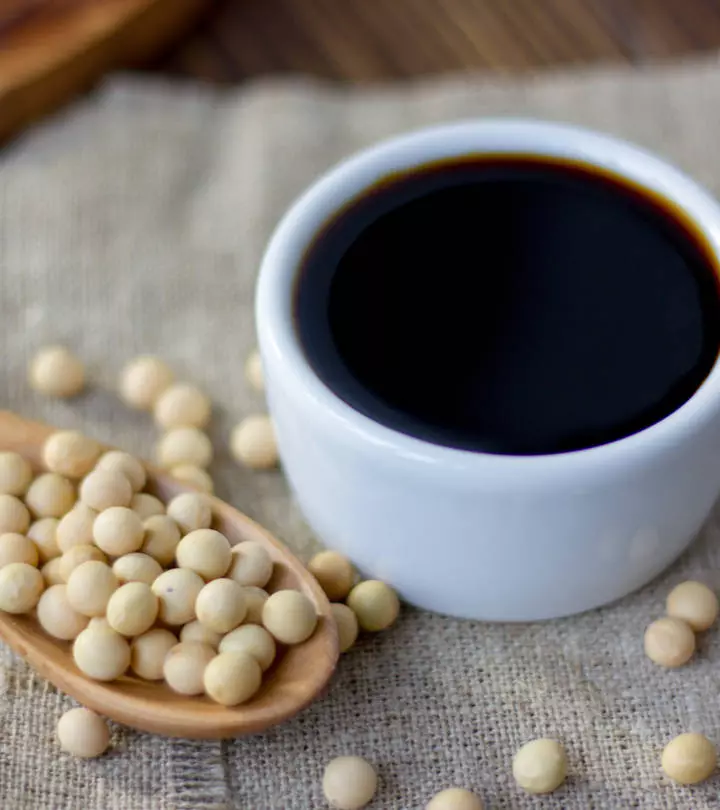
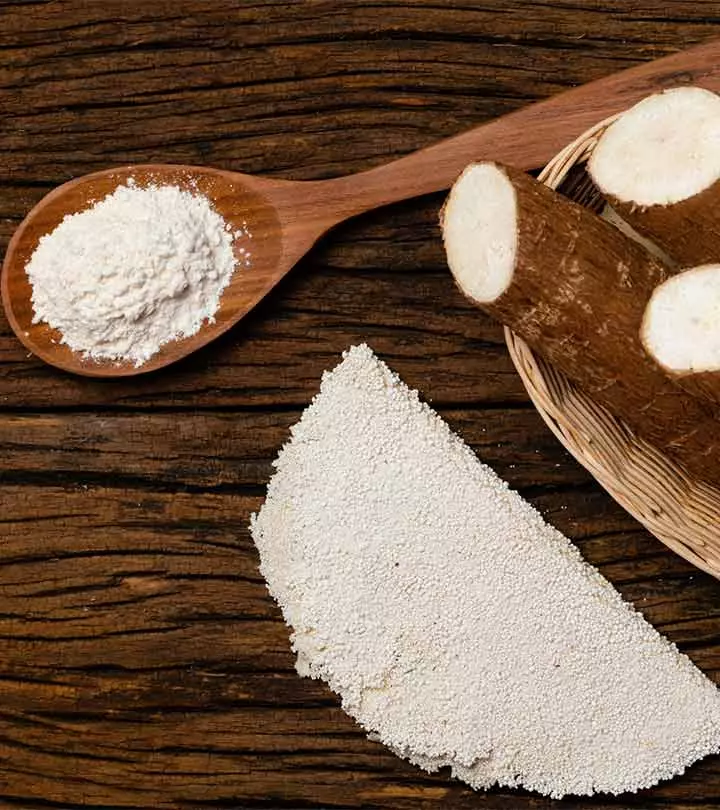


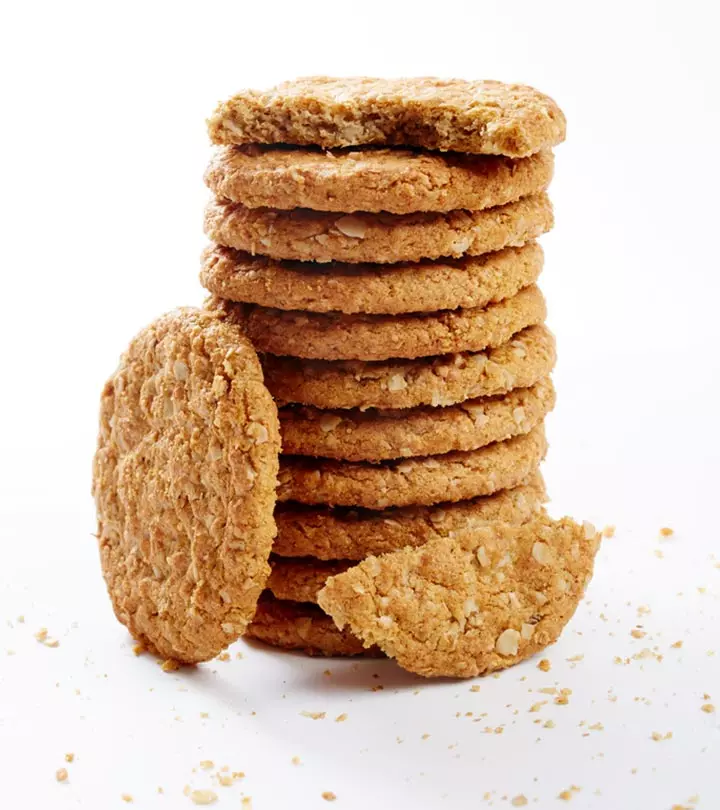


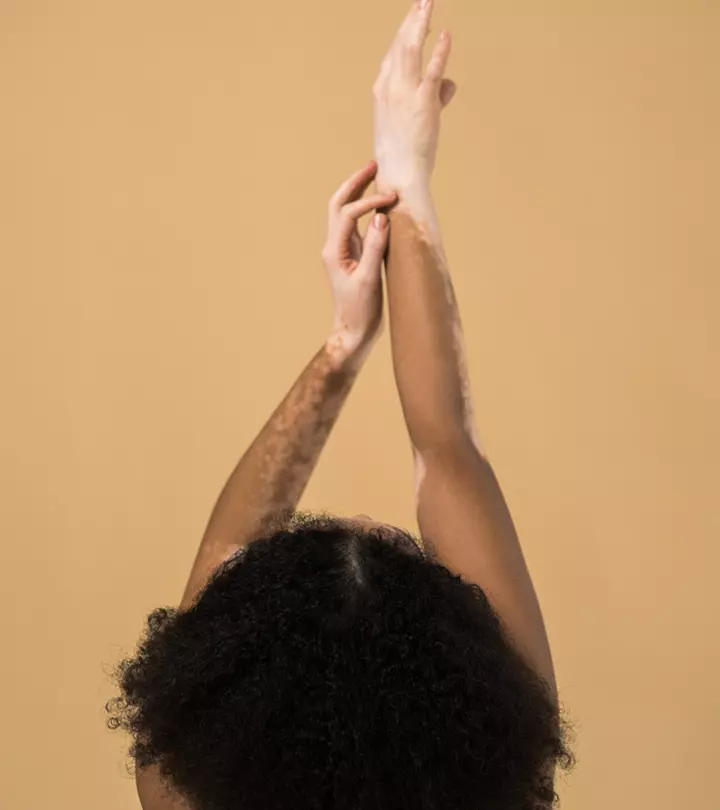
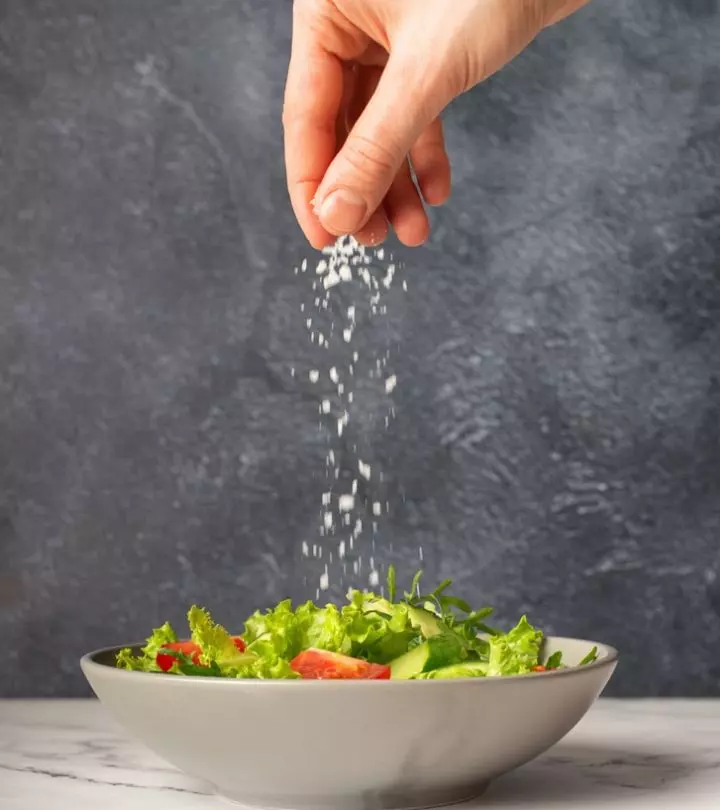


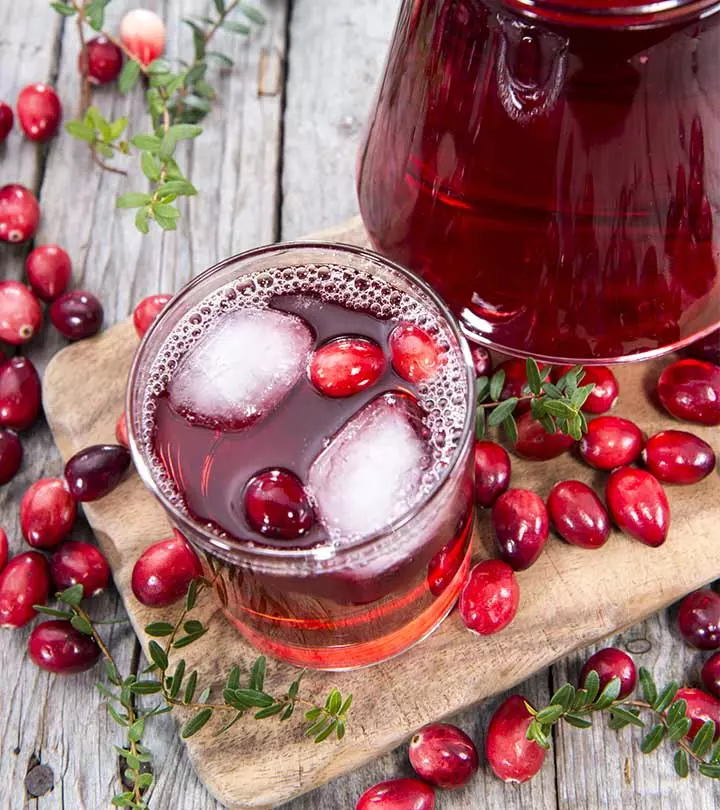


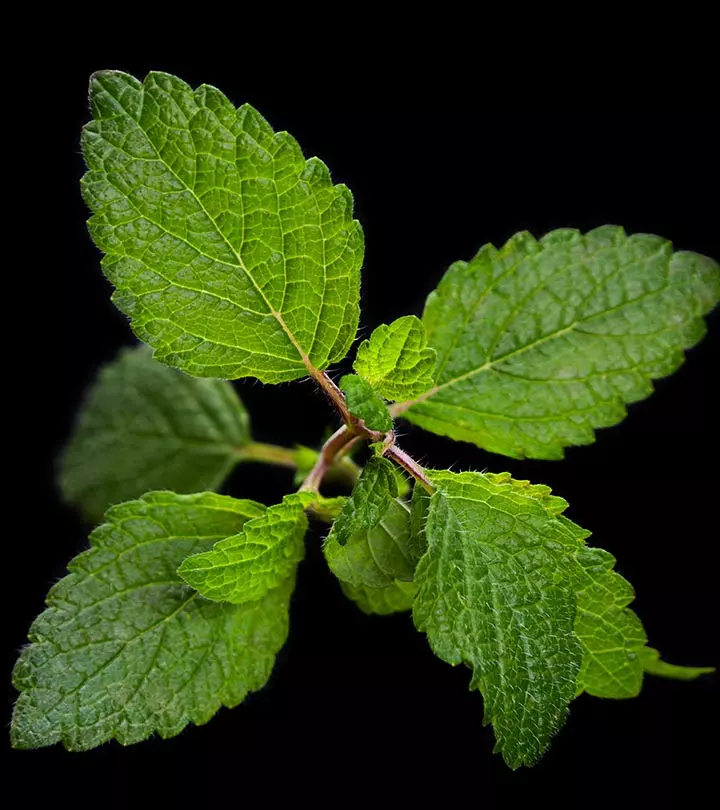
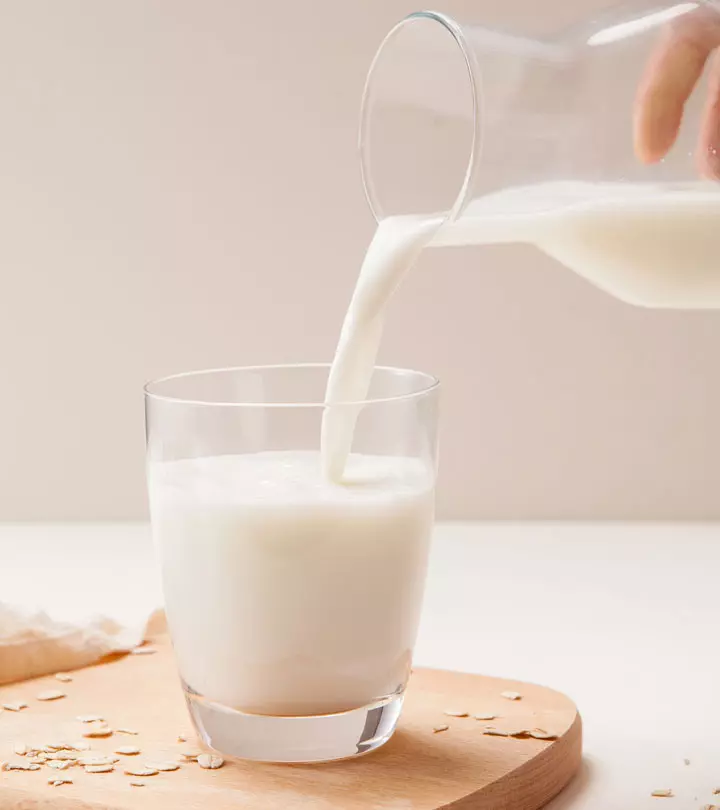





Community Experiences
Join the conversation and become a part of our empowering community! Share your stories, experiences, and insights to connect with other beauty, lifestyle, and health enthusiasts.